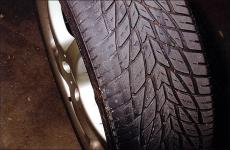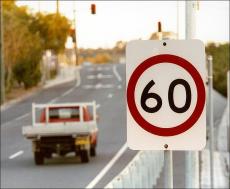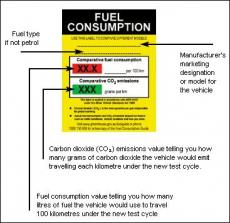To toe-in or toe-out on bump?
 Now forgive me if this seems pretty esoteric: it probably is. In fact, I’d never really even thought about it until a year or so ago; I’d never actually experienced it until today.
Now forgive me if this seems pretty esoteric: it probably is. In fact, I’d never really even thought about it until a year or so ago; I’d never actually experienced it until today.
Most of you would be familiar with the idea of ‘toe’. Toe-in is where the wheels point inwards – when viewed from above, they’re constantly steering towards the centreline of the car. Toe-out, as you’d soon guess, is where the wheels are constantly steering outwards from the centreline. Zero toe means the wheels are parallel to the centre line.
Most cars these days run zero toe or just a very small amount of toe-in. Toe, usually measured in millimetres (although degrees would make far more sense), is at most only 1 or 2mm: the amount the wheels steer inwards or outwards is very small indeed.
OK – so that’s static toe. But what about when the suspension moves up and down?
If, during suspension travel, the wheels stay steering exactly in the directions they were originally steering in, the suspension is said to have zero bump steer. If the wheels steer inwards on bump, they’re said to have toe-in on bump. Toe-out on bump is defined as you’d expect it to be. (Note that in all these quoted cases, the steering wheel is held still – it’s the suspension itself that’s doing [or not doing] the steering.)
- » Continue reading or Comments Comments Off on To toe-in or toe-out on bump?

 Julian Edgar, 50, has been writing about car modification and automotive technology for nearly 25 years. He has owned cars with two, three, four, five, six and eight cylinders; single turbo, twin turbo, supercharged, diesel and hybrid electric drivelines. He lists his transport interests as turbocharging, aerodynamics, suspension design and human-powered vehicles.
Julian Edgar, 50, has been writing about car modification and automotive technology for nearly 25 years. He has owned cars with two, three, four, five, six and eight cylinders; single turbo, twin turbo, supercharged, diesel and hybrid electric drivelines. He lists his transport interests as turbocharging, aerodynamics, suspension design and human-powered vehicles.


